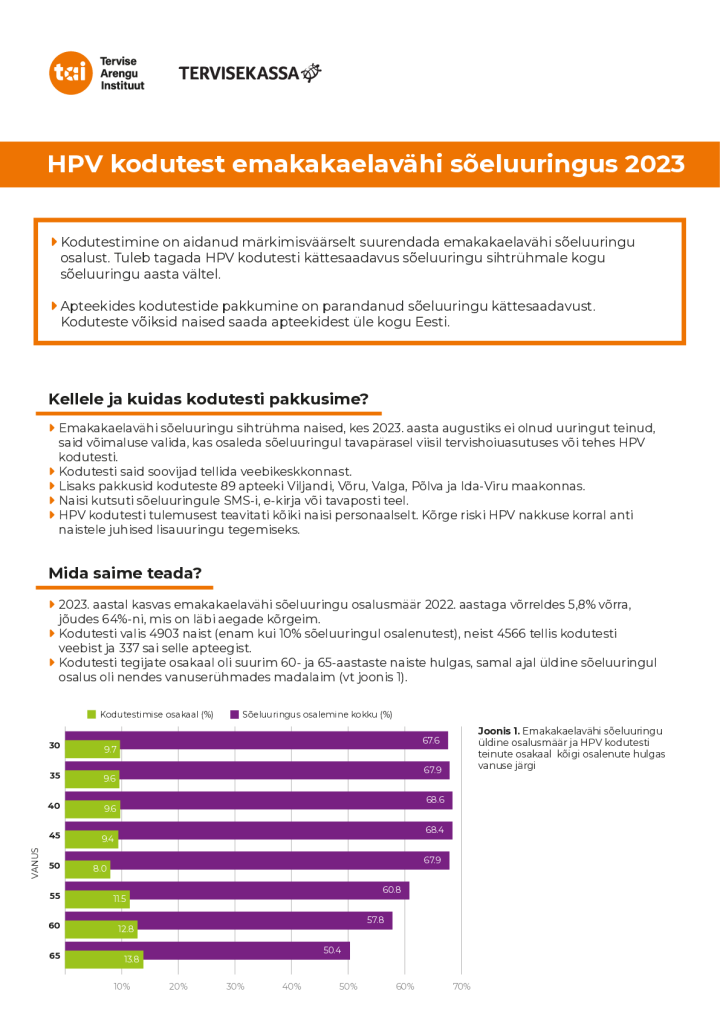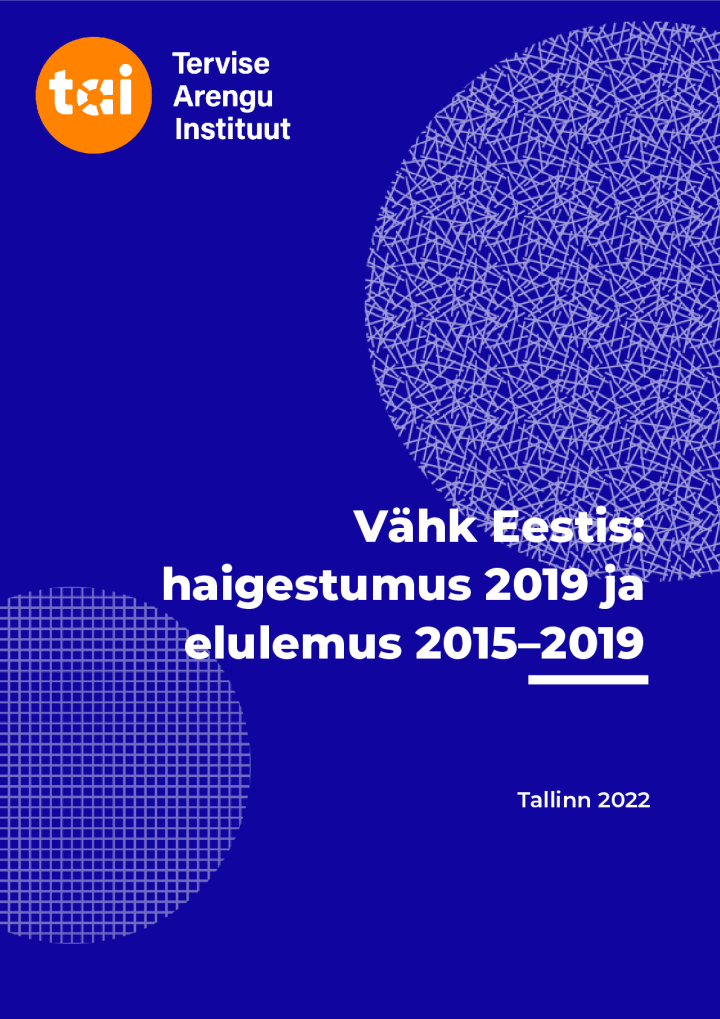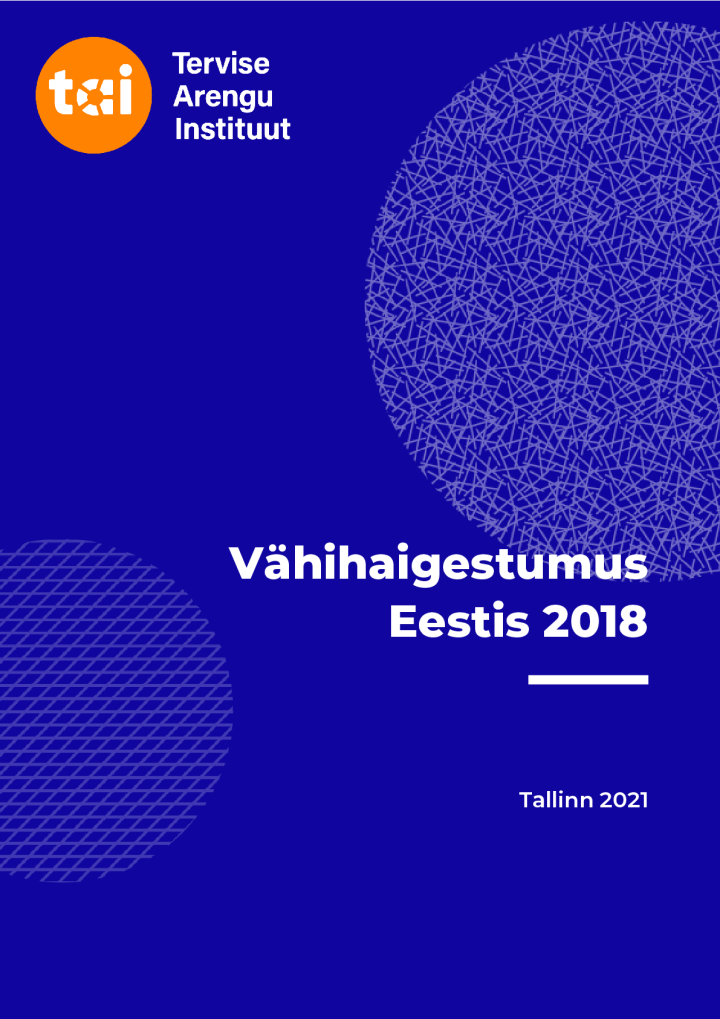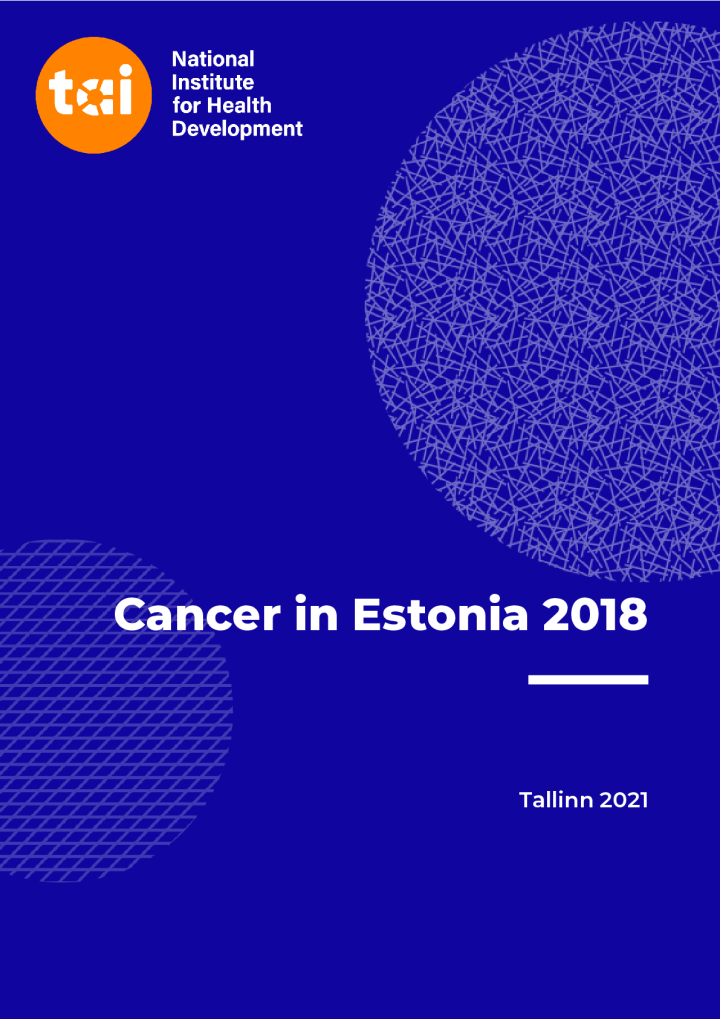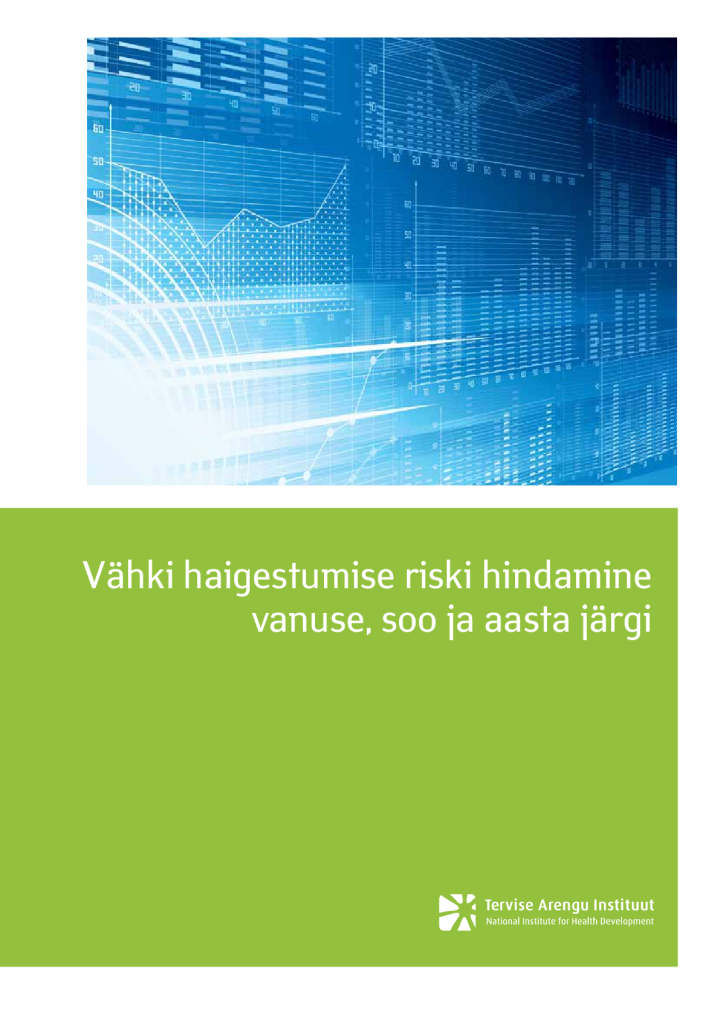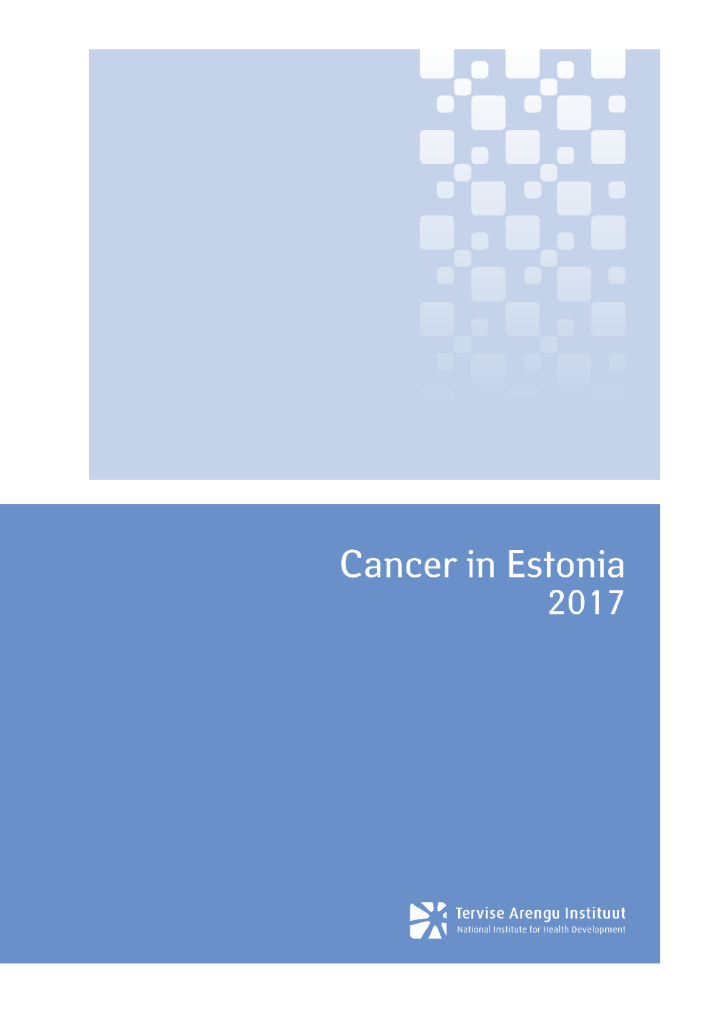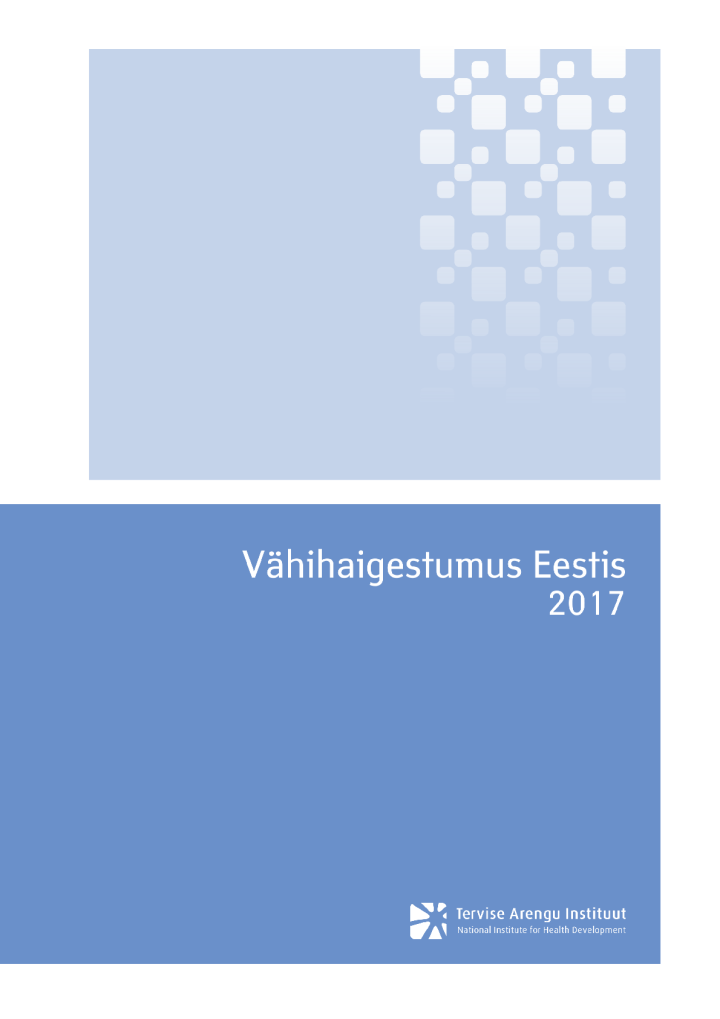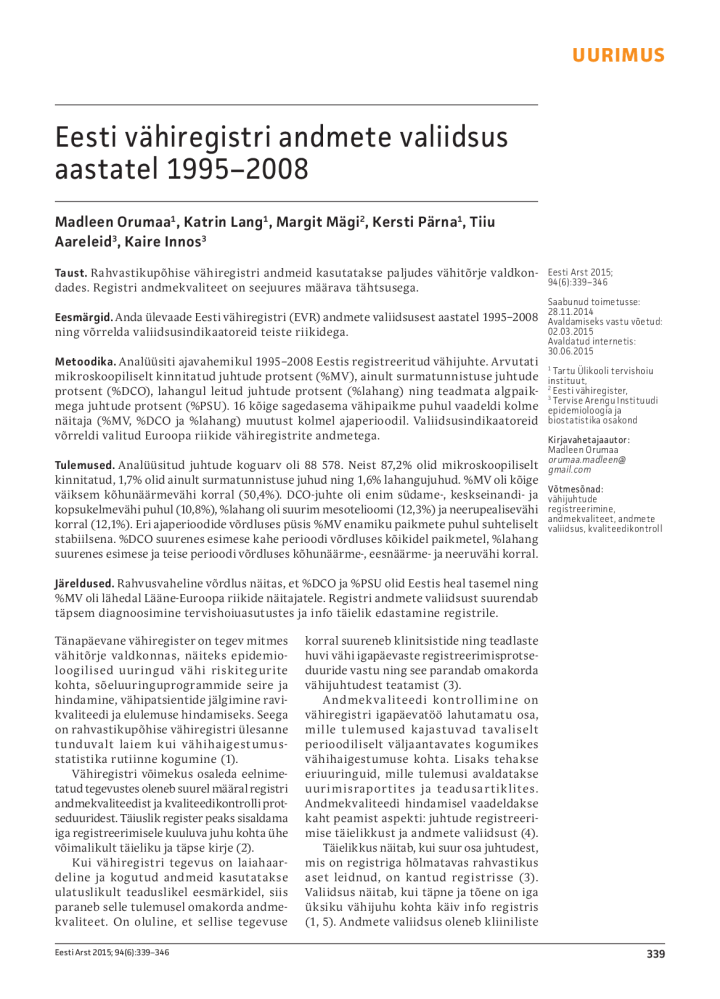Cancer Registry
The main task of the Cancer Registry is to ensure as complete and reliable registration of incident cancer cases as possible.
Why do we need a register?
National cancer incidence statistics is based on the Cancer Registry’s data. The data could be used for the analysis of cancer incidence and survival and for epidemiological and other research.
What data do we collect?
- primary site, date of diagnosis, confirmation methods of diagnosis, tumour morphology and grade, extent of disease
- primary treatment by type – nature of treatment, place of treatment, date of treatment and treatment method used
- source of information
- date and cause of death or date of emigration from Estonia
- patient's name, personal identification number, gender, date of birth, place of birth, place of residence at the time of diagnosis and nationality
The following tumours are notifiable (according to the International Classification of Diseases, version 10 (ICD-10)):
- all malignant neoplasms (C00–C97)
- in situ tumours (D00–D09)
- benign tumours and tumours of uncertain or unknown behaviour of the brain and central nervous system and of the endocrine glands in the area of the brain (D32.0–D33.9, D35.2–D35.4, D42.0–D43.9, D44.3–D44.5)
- other tumours of lymphoid and haematopoietic and related tissues (D45–D47)
The Cancer Registry has been using the 3rd Edition of International Classification of Diseases for Oncology (ICD-O-3) for coding tumour site and morphology since 2008.
How do we collect data?
Reporting of cancer cases is compulsory for all physicians working in Estonia who diagnose or treat cancer. Forensic medical experts also submit data to the register.
To ensure the completeness and quality of cancer cases data, we collect data from a variety of sources. We exchange data with:
- The Estonian Population Register (personal data, including date of emigration).
- Causes of Death Register (death data, including cause of death).
- We regularly compare our database with the databases of two major hospitals, the North Estonia Medical Centre and Tartu University Hospital.
Delay in publishing data
The Estonian Cancer Registry follows the rule as in most countries that incidence statistics are provided approximately two years after the end of the incidence year to ensure the data completeness.
The register follows cancer patients throughout their lives as information on the same person is repeatedly added. Data on a person's diagnosis, methods of diagnosis and treatment come from different health care providers and often much later than the cancer diagnosis.
Information from different sources needs to be used to create a new cancer case record in the cancer registry database or to update and correct existing cancer case records according to international rules. To ensure the quality of the data, they need to be checked and compared with each other and with data from different databases in order to identify unreported cancer cases or cases that need to be clarified. Subsequently, queries by registry should be sent to health care providers and cancer cases should be registered according to the information received. In addition, cancer case data undergo various quality checks before publication to ensure international comparability.
Data quality
Data quality control is an integral part of the daily work of the Cancer Registry. The assessment of data quality is based on international criteria and specific studies are carried out.
The study "Analysis of Quality in Estonian Cancer Registry" was supported by the European Regional Development Fund under the TerVE programme, implemented by the Estonian Research Council. Results of the study:
- The impact of under-reporting of cases on the estimates of childhood cancer incidence and survival in Estonia. European Journal of Cancer Prevention 2017
- The validity of Estonian Cancer Registry data 1995–2008. Eesti Arst 2015
- Master's thesis "Completeness of the Estonian Cancer Registry"
- Master's thesis "The quality of childhood tumour data in the Estonian Cancer Registry"
- Age-specific cancer survival in Estonia: recent trends and data quality. Clin Epidemiol 2015
- Sex differences in cancer survival in Estonia: a population-based study. BMC Cancer 2015
- Cancer patient survival in Estonia 1995–2009: time trends and data quality. Cancer Epidemiol 2014
Publication of data
- Selected data will be published in the Health Statistics and Health Research Database.
- International cancer statistics databases such as:
- cancer in the world – CI5 and GLOBOCAN
- European Cancer Information System (ECIS)
- international childhood cancer incidence database (ACCIS, IICC)
- European cancer survival database (EUROCARE)
- rare cancers (RARECARENet)
- Scientific articles based on cancer registry data.
Information requests
- For statistical or non-personally identifiable data, please send a free-form e-mail to vahiregister@tai.ee.
The register contains data on all cancer cases diagnosed in Estonia since 1968. In situ tumours have been added to the register since 1994. Since 1998, benign tumours and tumours of uncertain or unknown behaviour of the brain and central nervous system and endocrine glands located in the brain are also registered.
The Cancer Registry has been a member of the International Association of Cancer Registries (IACR) since 1989 and the European Network of Cancer Registries (ENCR) since 1994.
